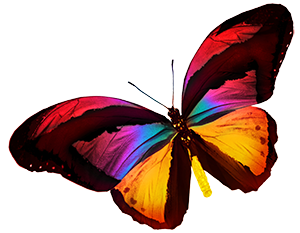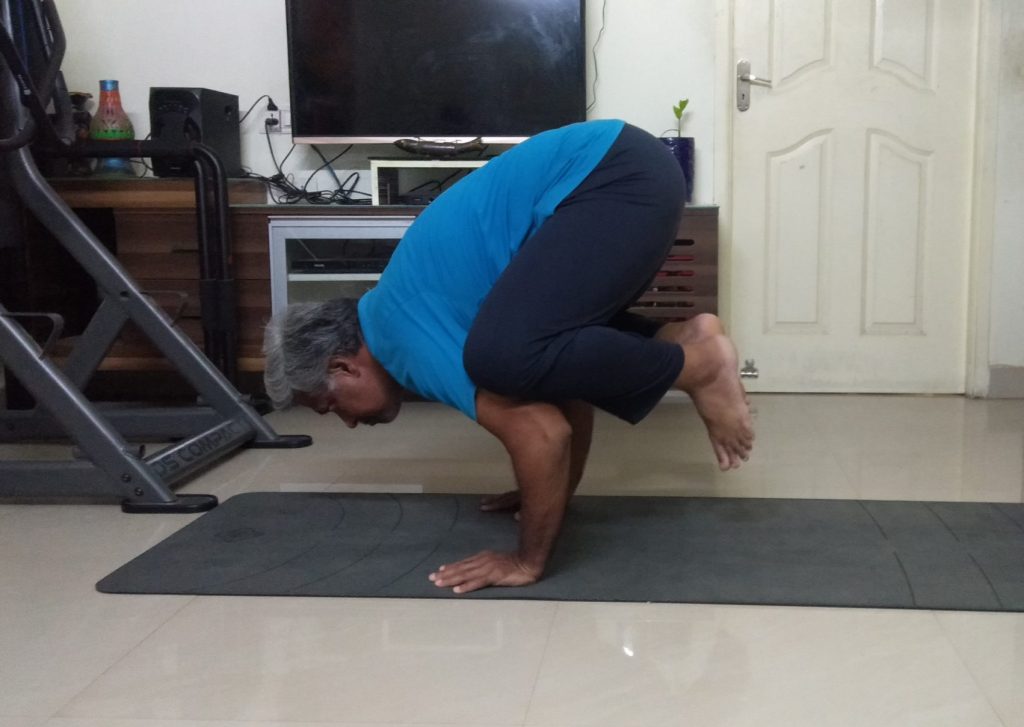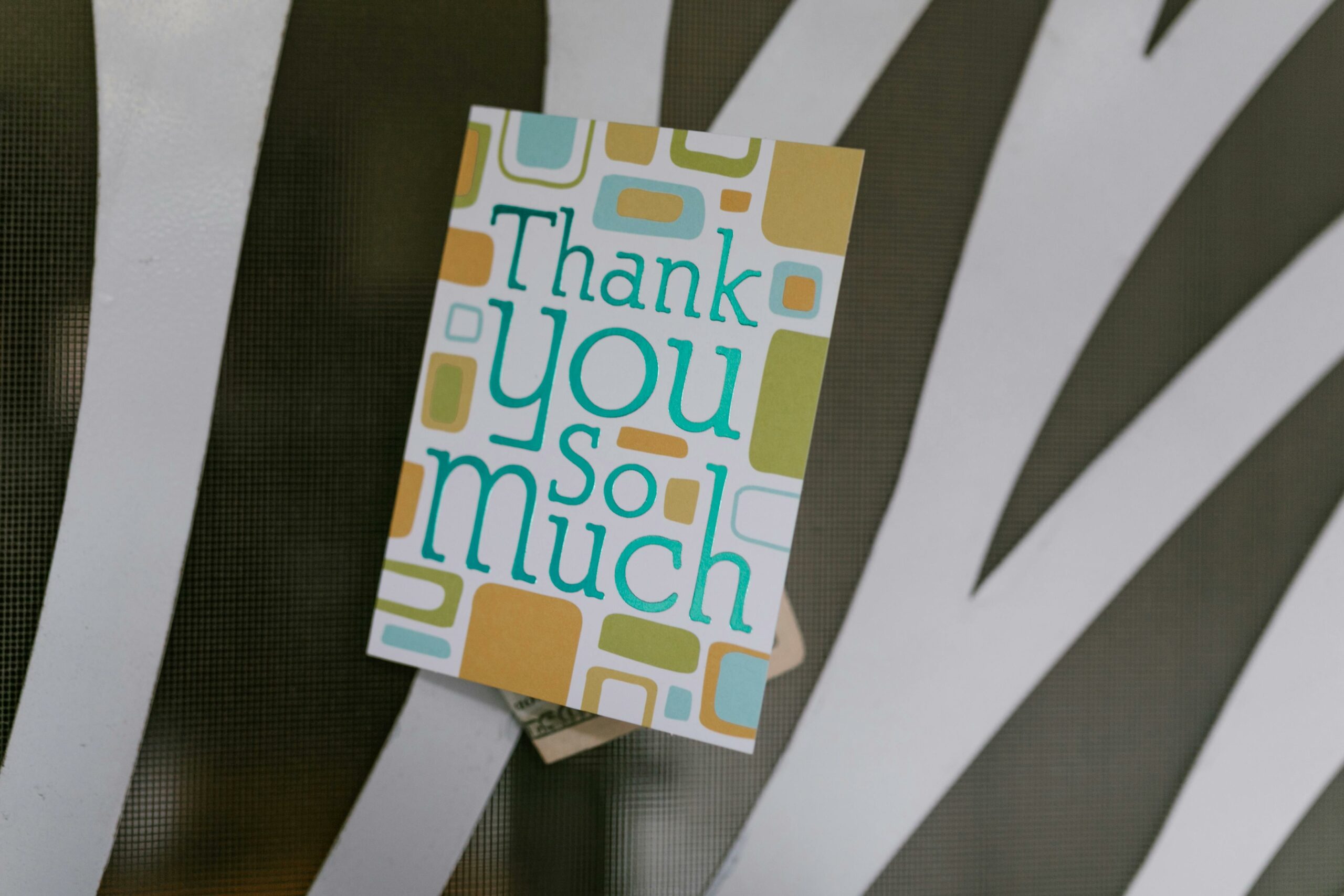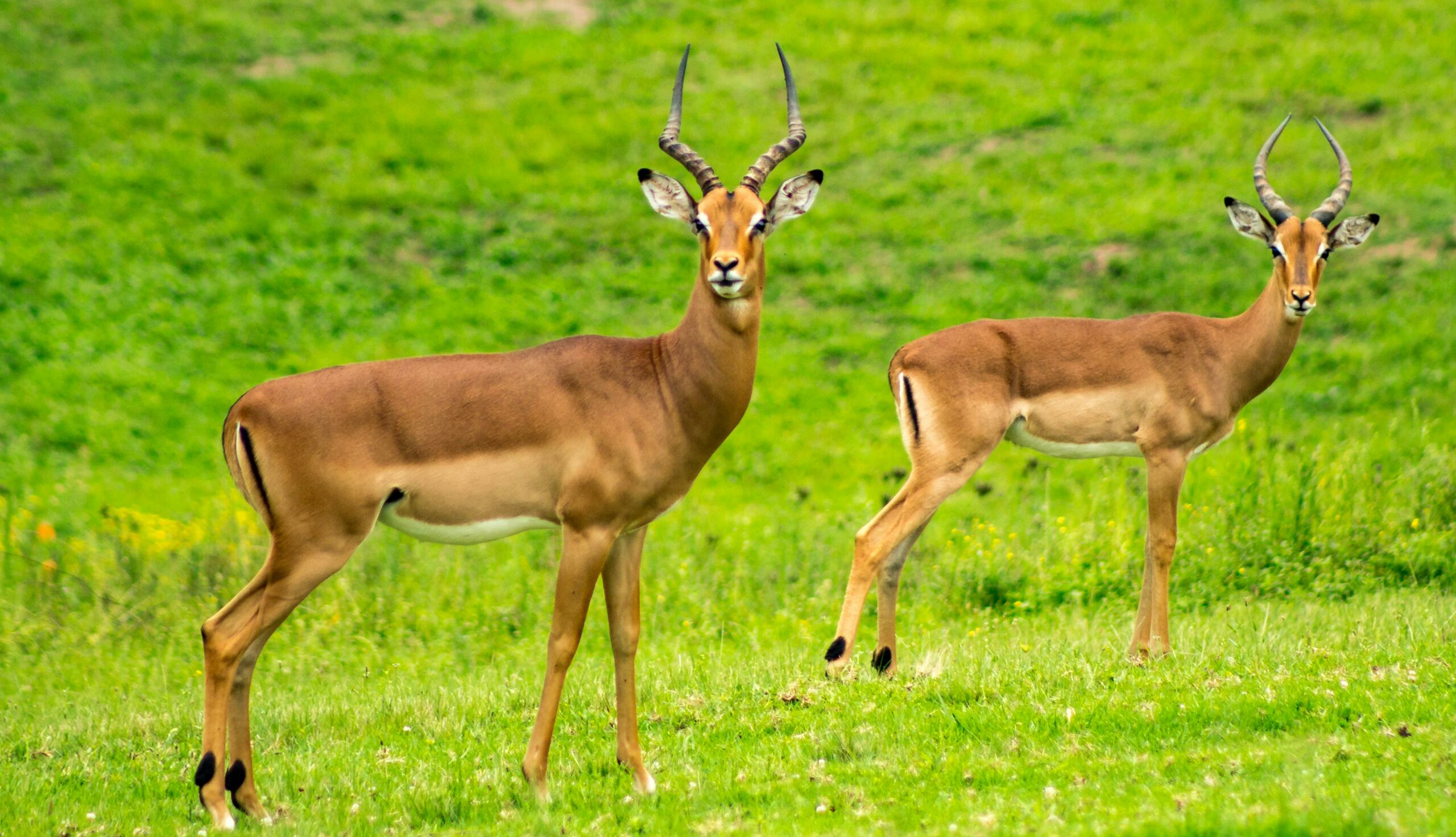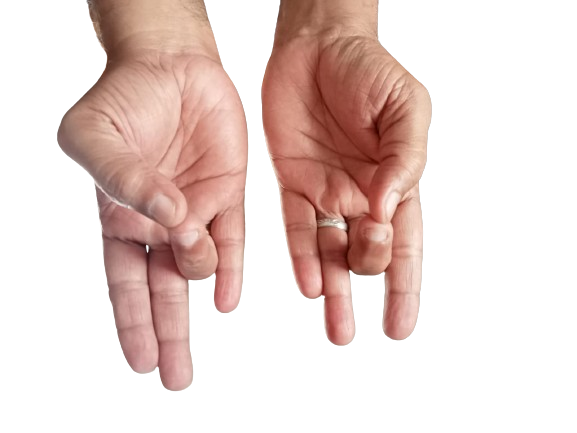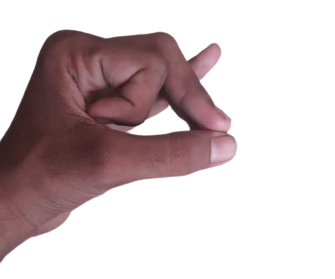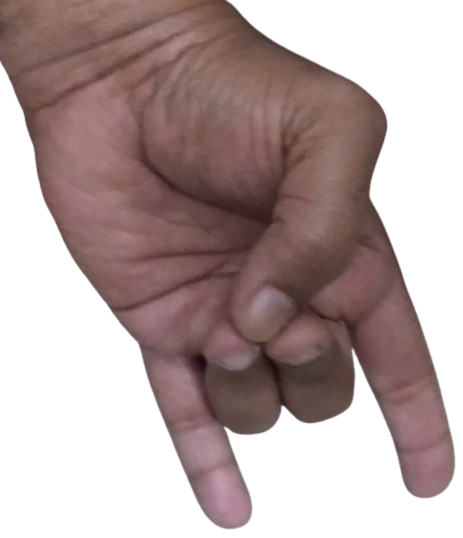Crow Pose resembles the shape of crow and hence the name. ‘Kaka’ in Sanskrit means ‘crow’. The crow’s legs are very strong and hence using our hands as legs in this pose strengthens our hands. Crows are very brilliant birds. They can adapt themselves to changes. In Crow Pose, our sacral chakra is stimulated and hence our ability to adapt to situations improves.
Other Benefits of Crow Pose
- The pose strengthens hands and wrists.
- Improves digestion
- Abdominal organs are stimulated.
- It is recommended to improve focus.
- The pose promotes balance of body and mind.
- Regular practice of the pose calms the mind.
Instructions
- Stand straight on the mat.
- Exhale, bend forward and place your palms on the floor. Maintain shoulder-width distance between your palms.
- Bend your elbows, lift your heels off the floor and place your knees on upper arms.
- Lift the feet off the floor and balance your body on your hands.
- Hold the pose for 20 seconds. Release the pose by placing the feet down and straightening your body.
Note
Those with pain in shoulders, knees and wrists should stop practicing in case of increase in pain. Those with spinal conditions should refrain from practicing the pose.
To check the benefits of Tulsi click here.
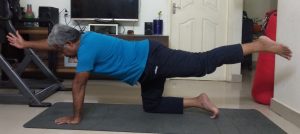
Yoga Pose for Day 38 – Balancing Table Top Pose (Dandayamana Bharmanasana)
The word ‘danda’ in Sanskrit means ‘stick’, ‘yamana’ means ‘balancing’ or ‘controlling’, ‘bharma’ means ‘board that holds the table’. Since the pose involves balancing the body in controlled manner

Yoga Pose for Day 36 – Revolved Head-to-Knee Pose (Parivrtta Janu Sirsasana)
In one of our earlier posts, we have given the benefits of Head-to-Knee Pose and how to perform the same. In Revolved Head-to-Knee Pose, you stretch your hand over your body to hold the stretched leg. ‘Parivrtta’ in Sanskrit means ‘to revolve’,

Yoga Pose for Day 35 – Scale Pose / Elevated Lotus Pose (Tulasana)
In Sanskrit, ‘Tula’ means ‘scale’. Here, scale refers to balance, that is holding the weight of the body with hands in a balanced state. The pose is also called Elevated Lotus Pose in English.
